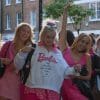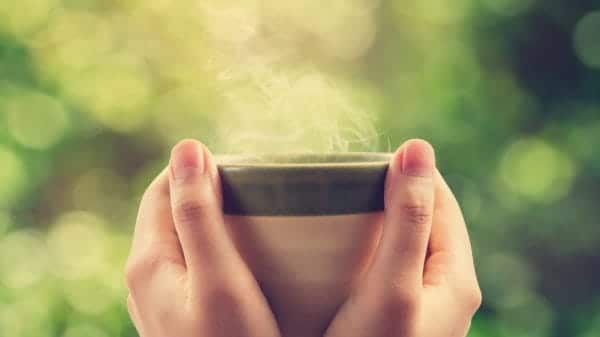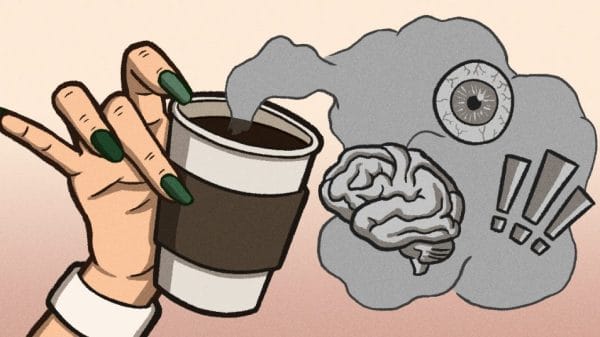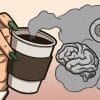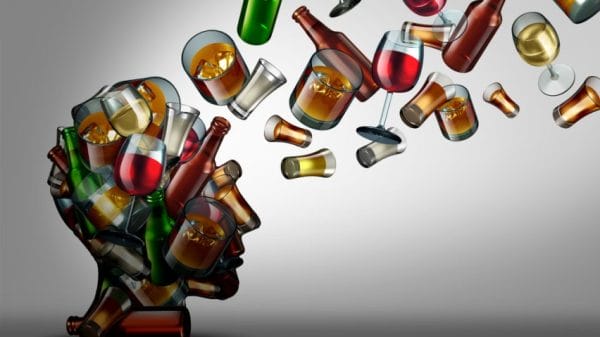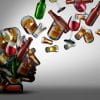When I was young, I would always order a Shirley Temple when my family went out to dinner. It was a special occasion, and I wanted to celebrate with the cherry-flavored beverage. Can you blame me? They’re delicious. To this day, if I sip a Shirley Temple I am immediately hit with nostalgia from those childhood memories.
At the time, I wasn’t aware that the drink I was ordering at seven years old was considered a “mocktail.” A mocktail is a non-alcoholic drink that consists of a blend of fruit juices and soft drinks. People often drink these as an alternative to real cocktails if they’re trying to cut back on their alcohol intake.
However, in retrospect, I begin to wonder if mocktails glorify alcohol consumption to children. Think about when your parents would give you sparkling cider on New Year’s Eve, while the adults would pop champagne. You probably felt involved, and you probably couldn’t tell the difference at the time. Does this encourage children to continue that habit and drink alcohol later in life?
With the increasing popularity of mocktails and other non-alcoholic beverages, their cultural influence is important to explore.
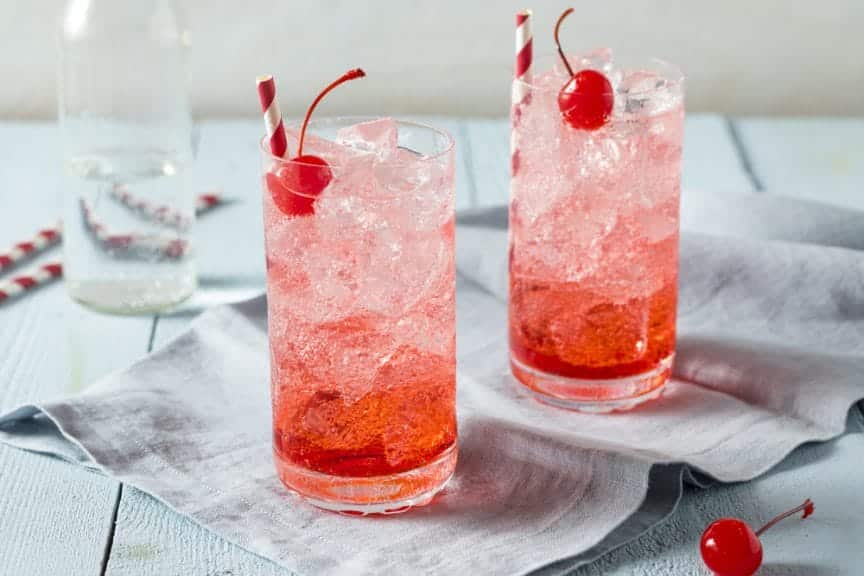
The Rise in Popularity
The popularity of mocktails and other non-alcoholic drinks has increased dramatically over the past five years. There are two notable reasons for this.
1. A new interest in health and wellness
Approximately 34% of consumers are drinking less alcohol because they desire a healthier lifestyle. Mocktails and other non-alcoholic beverages can help people achieve this for several reasons. They are hydrating, non-addictive, have more nutrients than alcoholic drinks, and don’t impact decision-making or sleep. Because of this, mocktails are safe and accessible for children, pregnant women, or those who are chronically-ill. You still get to participate in going out with friends and grabbing drinks without the negative consequences.
People are also promoting this mocktail movement on social media, with trends like the “sleepy girl mocktail.”
The “sleepy girl mocktail” consists of tart cherry juice, magnesium powder, and prebiotic soda. It is claimed to help people fall asleep, and many people have joined in on the trend.
In general, #mocktail has 78.5k posts on TikTok and 990k posts on Instagram.
This suggests that there’s definitely an interest in this topic.
2. The “Sober Curious” Movement
Another contributor to the rise in popularity is the emergence of the sober curious movement. Sober curious was coined by author Ruby Warrington in 2018 with her book Sober Curious: The Blissful Sleep, Greater Focus, Limitless Presence, and Deep Connection Awaiting Us All on the Other Side of Alcohol. Being sober curious means individuals become mindful about their alcohol consumption without committing to being completely sober. People participate in this movement by participating in trends like “Dry January” and “Sober October.”
According to a study published by the National Library of Medicine, people who participate in Dry January “sleep better, have more energy, some lose weight and save money, and others notice improvements in their skin and hair.”
During these months, people will often still go out but they’ll order non-alcoholic beverages rather than alcoholic beverages so they don’t have to sacrifice their social life for sobriety.
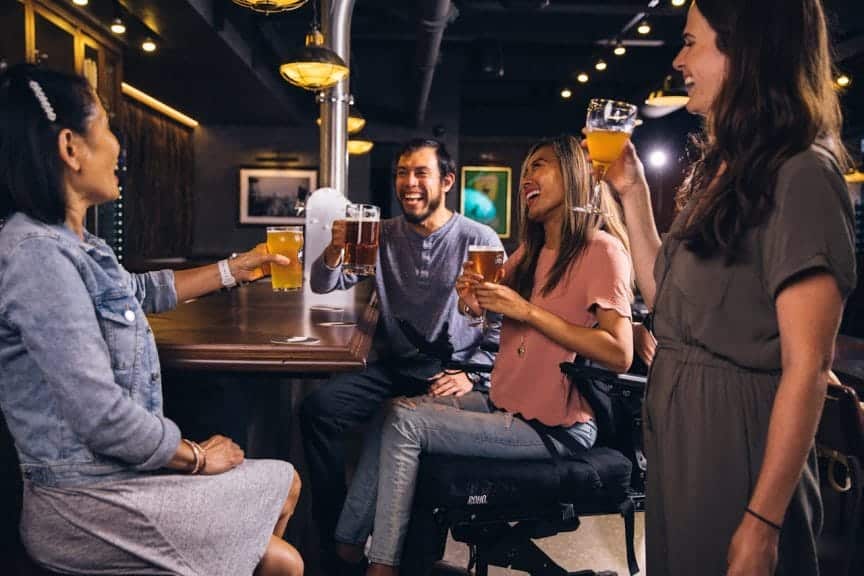
Statistics support this movement, as it has been reported that 58% of US consumers are drinking more no and low-ABV drinks than last year. The UK displayed a similar pattern, with findings of 59% of people are ordering non-alcoholic drinks on nights out when they are also drinking alcohol.
A Glorification?
However, with the pros comes the cons. Sure, mocktails are proven to be a healthier alternative to alcohol, but what’s the catch?
Some professionals actually discourage nonalcoholic drinks because they can create a craving for alcohol, rather than cut it. This can be particularly risky for those trying to be sober due to alcohol addiction, as non-alcoholic beverages are crafted to taste similar to their alcoholic counterparts. The acts associated with drinking (e.g. going out to bars with friends, celebrations, et cetera) are present when drinking non-alcoholic beverages, meaning they can elicit the same emotional response.
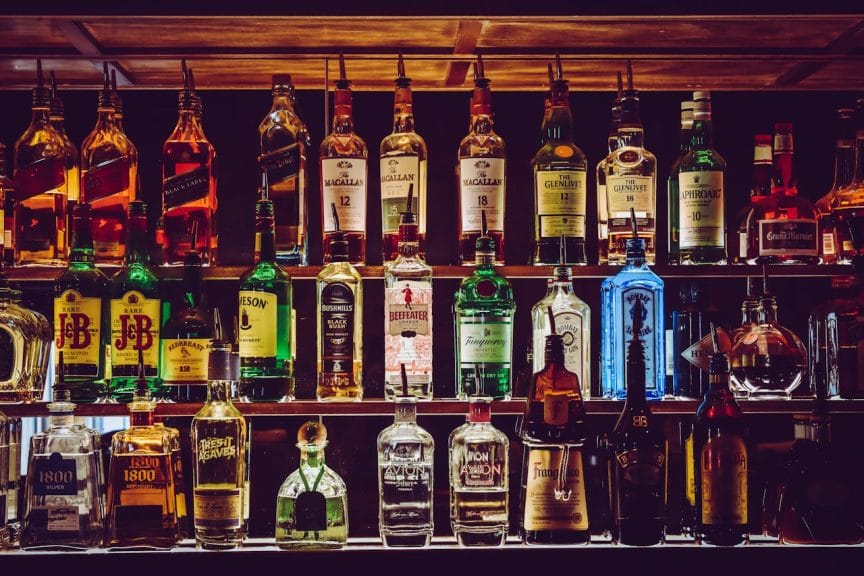
Furthermore, a study published by the National Library of Medicine found that children who regularly consumed non-alcoholic beverages showed a greater interest and motivation for drinking alcoholic beverages.
Combined with how fun alcohol is portrayed in the media, its safe to assume that exposure to alcohol – or even the idea of it – can encourage children to want to drink it.
Generational Views
Gen Z has been an important group to focus on throughout the sober curious movement. In 2023, more than 40% of Gen Z limited their alcohol consumption. This is compared to more than half of those 65 and older who didn’t limit their consumption at all. Perhaps there are some generational differences in how non-alcoholic beverages are viewed.
In an anonymous survey of 88 people ranging from Gen A to Gen Z, there was an overwhelming support for non-alcoholic beverages. Nearly 81% of people surveyed believe that the availability and popularity of these drinks is a good thing.

Furthermore, 85% believe that non-alcoholic beverages are a healthy alternative to alcohol.

There seemed to be a common consensus among those surveyed that a sober community and taking a break from alcohol, for even a short time, is a good thing. Being sober is becoming cooler, allowing people to continue having fun without feeling like they have to drink.
There also seemed to be a common consensus that non-alcoholic drinks do not glorify alcohol.
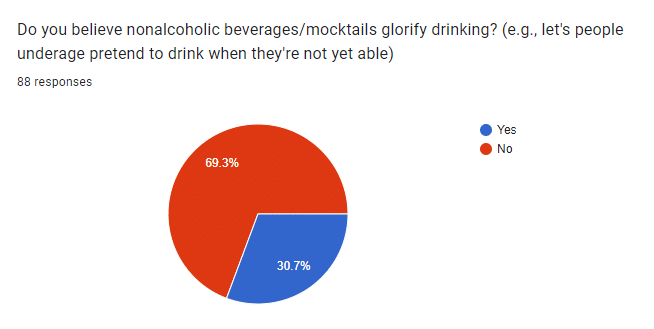
Of those who believe that these beverages do glorify alcohol, more than half were members of Gen Z. The runner-up generation was Gen X at almost 30%.
Does this mean that Gen Z are on the frontlines of the sobriety movement? Maybe. Check out these reasons why more young people are choosing to be sober.
Going Forward
Regardless of whether you drink alcohol, I think most people can agree that consuming less of it is rarely a bad thing. The next time you’re out at the bar with your friends, consider a virgin beverage instead. How similar they taste to the real thing and how affordable they are may surprise you.



